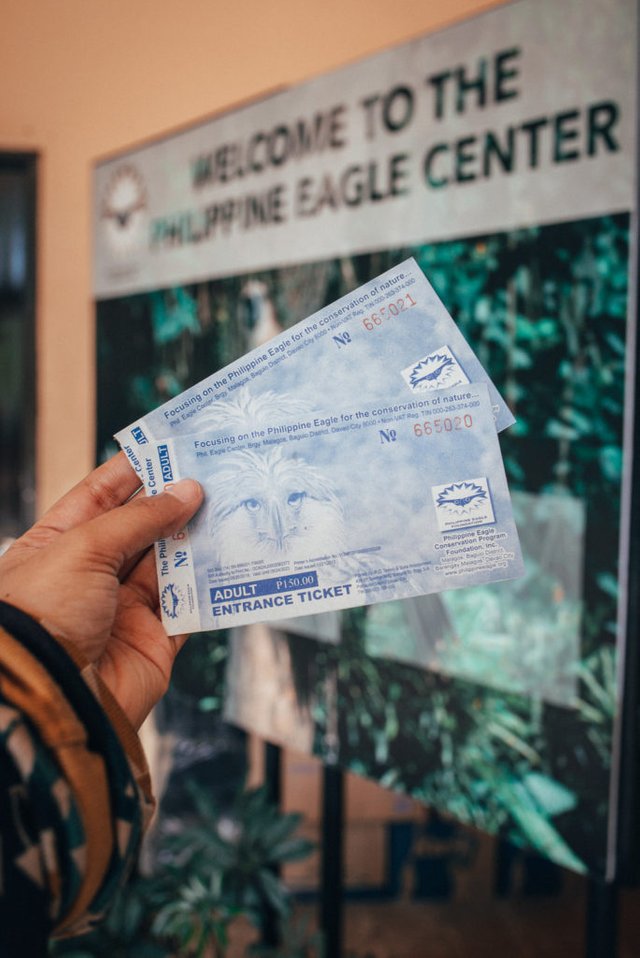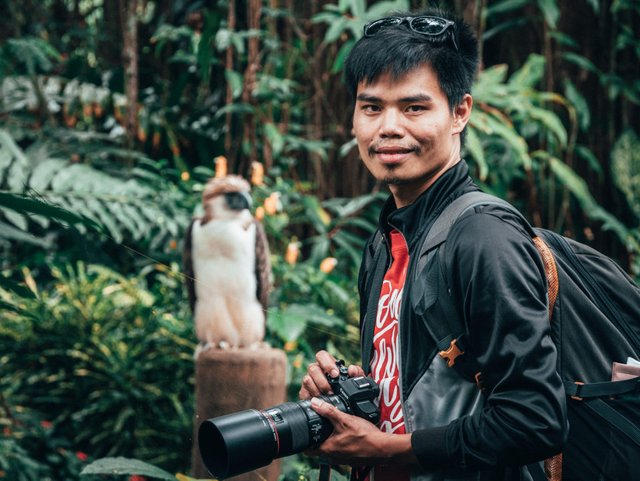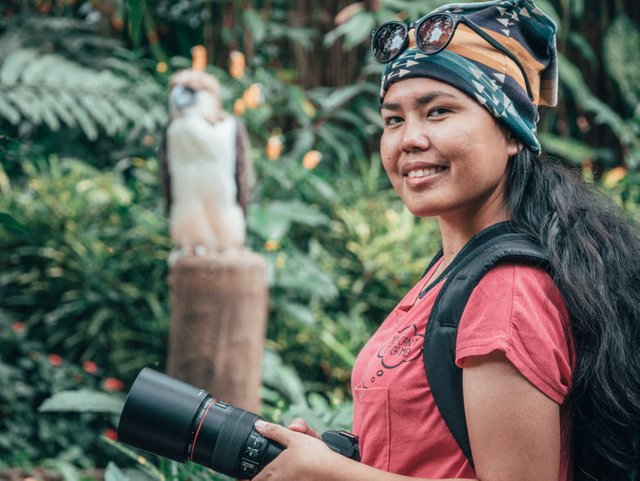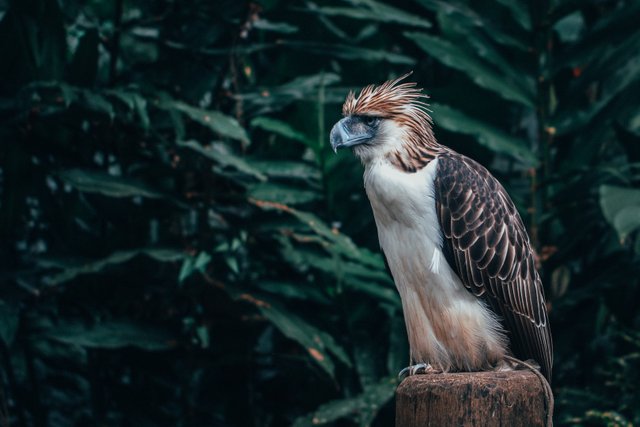
In the year 2015, news about the death of a Philippine Eagle named Pamana circulated around the Philippines. Pamana is a Filipino word for legacy. She was three years old, released into the wild in honor of the Philippine Independence day but just a few weeks after, her tracker showed mortality mode, thus causing them to search for the eagle. Then she was found with a bullet hole in her chest, causing her death.
Philippine Monkey-Eating Eagle is the Philippines' national bird and is declared critically-endangered. They are only endemic to the country and only around 400 pairs are left in the wild. The low number of eagles is alarming and if the government won't do anything about it, there's a high probability that the future generation won't be able to see these magnificent birds.
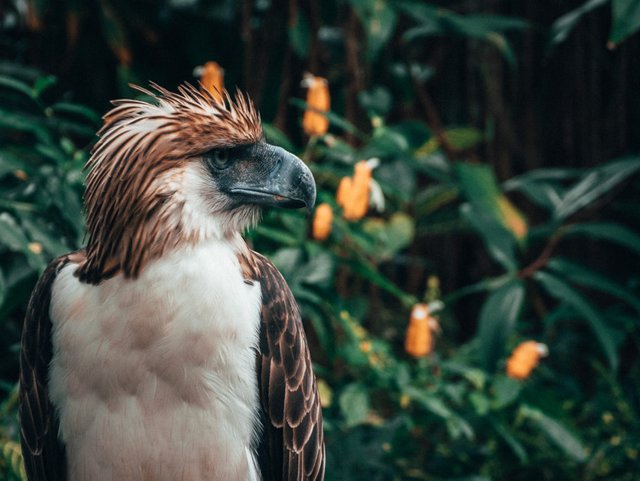
The Philippine Eagle Foundation aims to preserve and save our national living treasures for the Filipino and the entire world. Our future generation deserves to see these birds and be awed by just merely their presence. Thus, it was also my personal goal to see them up close and personal. The Philippine Eagle Center in Davao City is the best place to go.
So, when I booked a ticket to Davao City, visiting the Philippine Eagle Center was my top priority. And so, it was the very first place that we came to during our first day in Davao City.
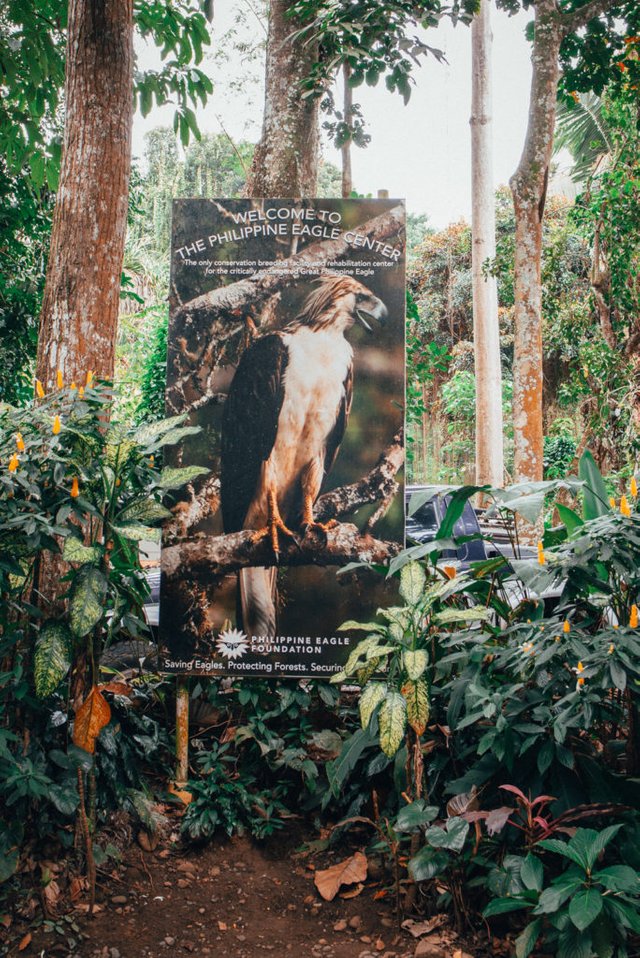
Introducing the Mightly Philippine Eagle
Fierce eyes, attentive behaviors, and pretty feathers, these are just some of the things that I could describe our Philippine Eagle. I could only read them on textbooks back in my school days.
Our national bird is also our national heritage, one good reason why we as Filipinos have the responsibility of caring and protecting this territorial bird.
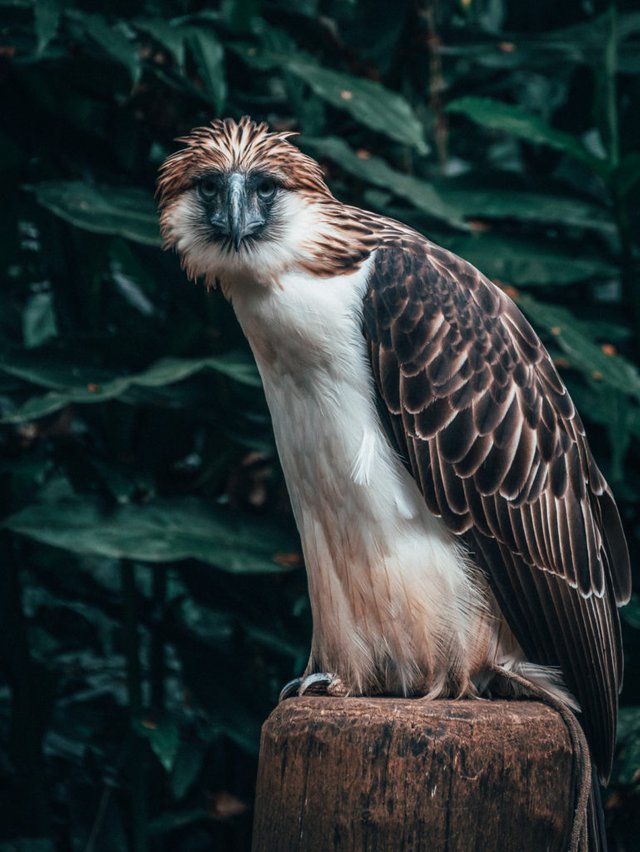
Previously called Philippine Monkey Eating Eagle, obviously, the reason why called as such is its behavior of eating flying lemurs and monkeys in the wild. A mature Eagle can grow to three feet with a wingspan of around seven feet, this is twice bigger than its body and is the broadest in the entire world. It has a distinctly extensive arched beak and long crown feathers which make it beautiful. Additionally, it is the only blue-eyed bird in the world, with eyes that can see eight times the distance than that of humans. Isn't it beautiful? I find it very rare thus giving us more reason to be a help in preserving its species as well as conserving forests as one Eagle requires around seven thousand hectares of full-grown low land forest.
Each Eagle is loyal to only one mate, a pair can only produce one egg in two years, the pair has to wait for another two years when the offspring is already ready on its own to live before they could produce another one.
Preserving the Philippine Eagle for the Future Generation
The Philippine Eagle as how it is mostly called is very vulnerable to human misconduct, poaching, and hunting but most especially, the destruction of forests and mountains too which is also caused by human beings.
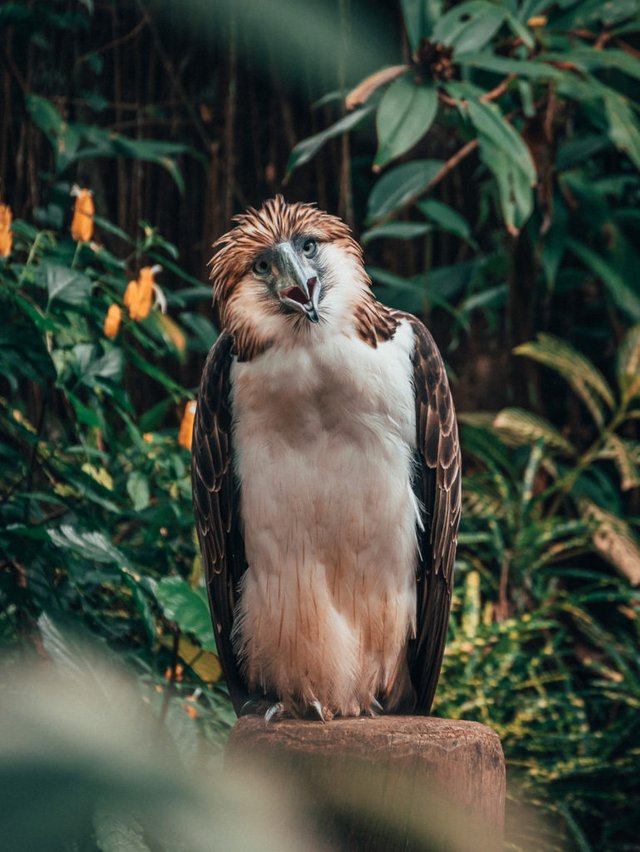
The Eagles have the tendency to fly to open space for food, with the great tendency of exposure to humans, just like Pamana, hunters use air guns to kill them for reason that we don't know of. It is heartbreaking to know that there are people who consider this fun, it is definitely not and PEF or the Philippine Eagle Foundation has been doing their best to inform and educate the people around the localities as well as hire guards to the forests around where these Eagles mostly are seen.
The preservation of Philippine Eagles can't be done by one group alone, it has to be a collective effort thus, the adoption of these Eagles came in hand.
By adopting one, the adoptive person or company advances the research, rescue, education and other action efforts to save and protect the Philippine Eagles. An estimated amount of Php 150,000 is being provided by the adoptor to the Philippine Eagle Center in order to take care of the specific Eagle. Each adoptor can also choose the name of the Eagle.
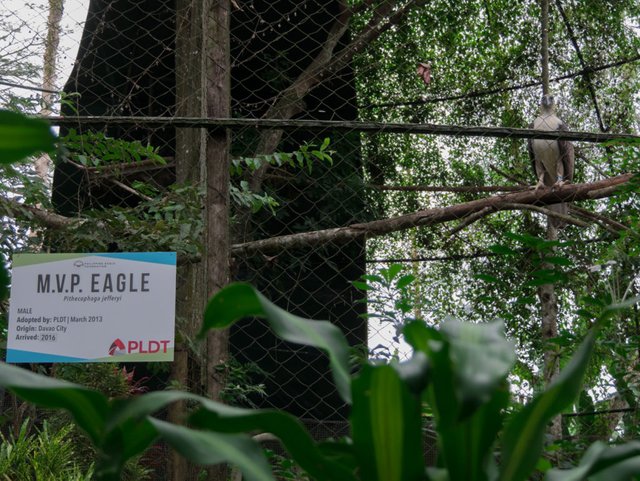
MVP Eagle adopted by PLDT
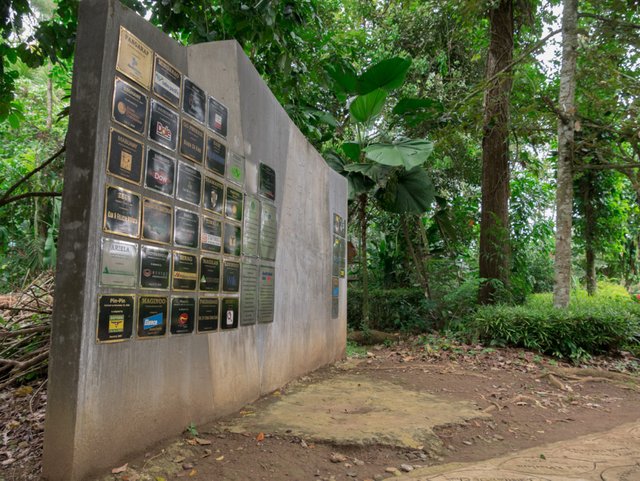
The adoption wall
One of the many personalities who adopted an Eagle is Lance Gokongwei, the president and chief executive officer of Cebu Pacific, one of the airlines in the country. He named the Eagle, Mindanao from one of the three island groups in the Philippines. Here's his statement during the adoption:
“The Philippine eagle is a significant part of our country’s thriving ecosystem. We encourage everyone to help preserve this national icon until they can fly freely, without threat in their natural habitats."
I do hope that there will be more companies who'd extend help and effort in adopting the Eagles of PEC. Aside from adoption, the center is also raising funds in order to create an additional aviary and bigger cages for those mature ones most especially for breeding.
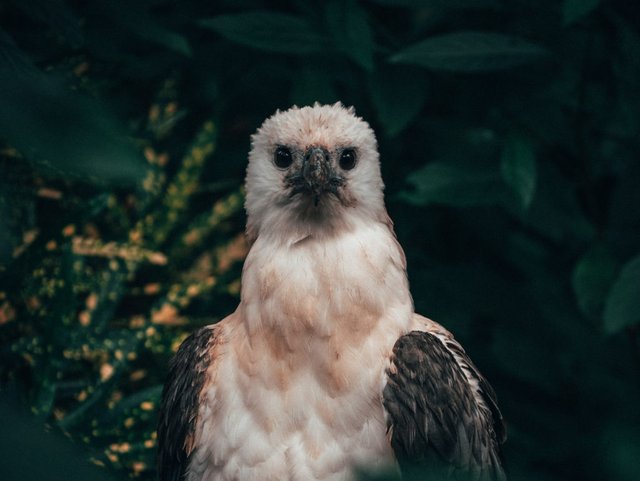
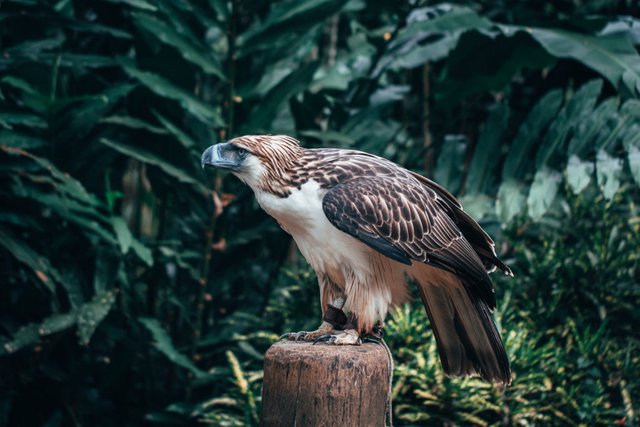
With the experience of seeing the great Philippine Eagle, it awakens the patriotism both within me and my husband to help and promote the preservation and conservation of the Philippine Eagle, they are not just another endangered animal to keep but they signify the traits of the Filipino people, its beauty, bravery and freedom expressed in its features and distinct behaviors.
Please do help in spreading information to keep our national treasure available for the generations to come.
Learn more about how to adopt and donate for the Philippine Eagles: Philippine Eagles Foundation
If you want to visit the Philippine Eagle Center, check this blog: Philippine Eagle Center Tour
Posted from my blog with SteemPress : https://stillsandmotion.blog/travel/meeting-up-with-the-amazing-philippine-eagles/

